Old cars can be cranky, just like people. They can have good days or bad days, and if you happen to be behind the wheel when their mood turns sour, look out. Over the last 25 years I’ve sold close to 1000 cars, and thankfully, haven’t found myself on their bad side very often, knock on artificial wood.
Some years back, though, I ran into a problem with a 1978 Chrysler Lebaron Town & Country wagon. Now, some would say that the real problem here was that I would buy a car like that in the first place, but I’ve got a soft spot for this kind of stuff; maligned throwbacks to another era when hideous styling was accepted without question. It’s safe to say that no automaker will ever make a car that looks like this again, and to that many of us will probably say “Good”!
Still, I was intrigued by this car. It only had 17K original miles and was a prime example of late 70’s automotive design, for better or worse. It’s hard to believe that in 1978 a total of 22,256 people walked into a Chrysler dealer showroom and said Yep, I’ll take THAT one. What we laugh at now was actually considered pretty normal back then. That concept’s always been interesting to me. What do we consider “normal” today?
It’s worth noting that Chrysler’s Town & Country nameplate actually goes back to the 1940’s, so it’s possible that a 30-something buyer in 1978 with a growing family would view that wagon in the showroom as a fuzzy descendant of something that they remembered from their own youth. Still, a lot had changed over those decades. Gone was the gorgeous mahogany exterior trim, replaced by what was literally a giant sticker bordered by wood-grained plastic.
Truth be told, it was the car’s straight-up kitsch factor that I liked the most, so for me the only real negative about it was the engine. These Mopars came with an early version of computer controlled ignition which they named Lean Burn for its supposed efficiency in reducing emissions. Only problem was, they decided to mount the “computer” component of the system onto the air cleaner, hanging off to the side and directly over the heat of the exhaust manifold. As you might imagine, it didn’t take long for things to start going haywire with this setup, but with 17K original miles I figured that time was still on my side. I was wrong.
It was Thanksgiving day 2017. My brother-in-law was flying in to Portland, and knowing that he also appreciated old stuff I thought I’d pick him up at the airport in this crazy, time-warp wagon. As it always had, the car started up and ran perfectly on that afternoon, up until the time that we had loaded up his bags and were on our way back to begin our holiday dinner. Out of nowhere, there was a little blip on acceleration, a minor hesitation that became more pronounced once we were out on the roadway. Next came a shudder that made me instinctively shift the car into neutral to help it recover, which it kind of did. By then, my turn signal was on and I was merging right, over to an access road that bordered the airport. By the time I made it over there the car had died. Now safely off the main roadway I was able to get it started again, but the car would buck when it was placed in drive. I lurched down the road to the nearest parking lot, shifting back and forth from drive to neutral, trying to keep its computer heart beating until I could find a place to leave it overnight. Thanks to Uber, we made it back in time for dinner. So much for showing off this neat old car, huh.
Pre-1970’s cars are a lot simpler, with no ancient computers waiting to ruin your day. A 1963 Corvette convertible seems like a pretty good choice for enjoying some fun, winding roads - or so I thought. Back in 2018 I was just getting started with learning how to make driving videos, and my high school aged son was the perfect tech guru to show me the way. With my new GoPro mounted, we headed out to the forested roads of Portland’s West Hills where we power-shifted all the way up to the top on a beautiful autumn day. Cruising back down in 2nd gear I felt a little shimmy. Touching the brakes made it worse. I slowed down to 10mph as the car began to wobble from side to side. As I quickly pulled over to the narrow shoulder, the front right wheel completely detached itself from the car just as I came to a complete stop. Simply rolled off and wedged itself up into the wheel well. My kid and I just looked at each other.
We were just ahead of a blind turn, so he got out to warn any approaching cars while I went looking for the jack. This Corvette was optioned with what’s called knockoff wheels, which instead of being bolted on with lugnuts are instead slipped onto a splined hub and held tight by a threaded cap with “knockoff” ears. Seems that the cap hadn’t been fully tightened on this wheel, which foolishly was not something that I thought to check before driving with my cherished son in a vintage open car on twisty roads.
Now with the frame jacked up, I was able to dislodge the tire from the wheel well. It was an absolute miracle that it hadn’t broken or cracked the fiberglass fender. More importantly, it was an absolute miracle that it hadn’t happened while we were taking a corner at high speed. As a parent, these are the types of things that will haunt you for a long time.
At the dawn of the automobile age in the early 1900’s, motorists always went prepared. Breakdowns were common, roads were bad, and roadside repairs were a frequent occurrence. Most cars carried not one, but two spare tires. The AAA was founded in 1902, but roadside assistance wasn’t offered until 1915. Before that, you were on your own.
The safety, technology and horsepower of today’s cars are a marvel, but something has been lost. Modern designs that are optimized for aerodynamic efficiency have resulted in the majority of cars looking indistinguishable from each other. Is that a Mercedes, Audi, or Acura that I’m looking at? Actually, it’s a Hyundai. Ever increasing advancements in navigation, connectivity and autonomous capabilities have now transformed the driving experience to something akin to sitting inside of an appliance on wheels. And perhaps one day, wheels themselves will be a thing of the past, as the Substack page Where is my flying car? explores.
Today’s issues surrounding automobiles and motoring are actually very similar to those from the early days of the automotive age. Infrastructure challenges, choice of propulsion methods, shared rights to public spaces, and the advance of disruptive technologies have all caused us old-timers to make claims that things were better before. Because they were. After all, cars from those earlier eras weren’t really just cars, they represented something else. Freedom, power and individuality. Today we have safety, reliability and efficiency. The daunting challenge for automakers now is to attempt to give us both.
I’m not sure it’s a challenge that can be overcome. We have rightfully chosen the assurance of safety over the thrill of danger, and despite the television ads that promise us excitement, we’d likely rather not have to put up with the unpredictable old cars that can actually deliver that. At least not all of the time.

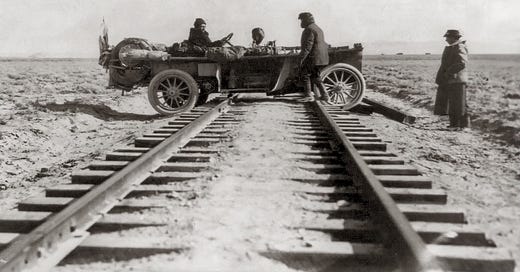


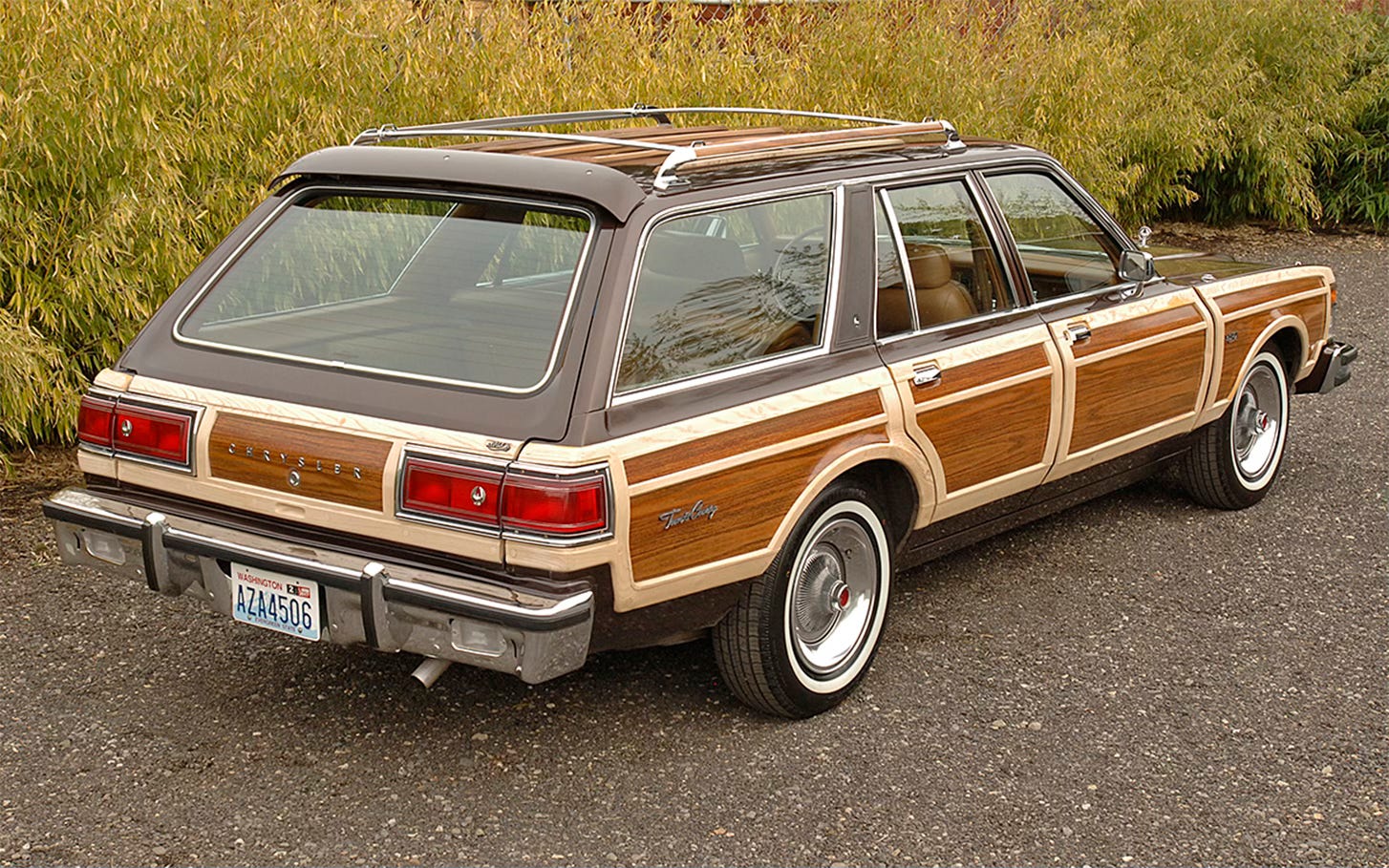
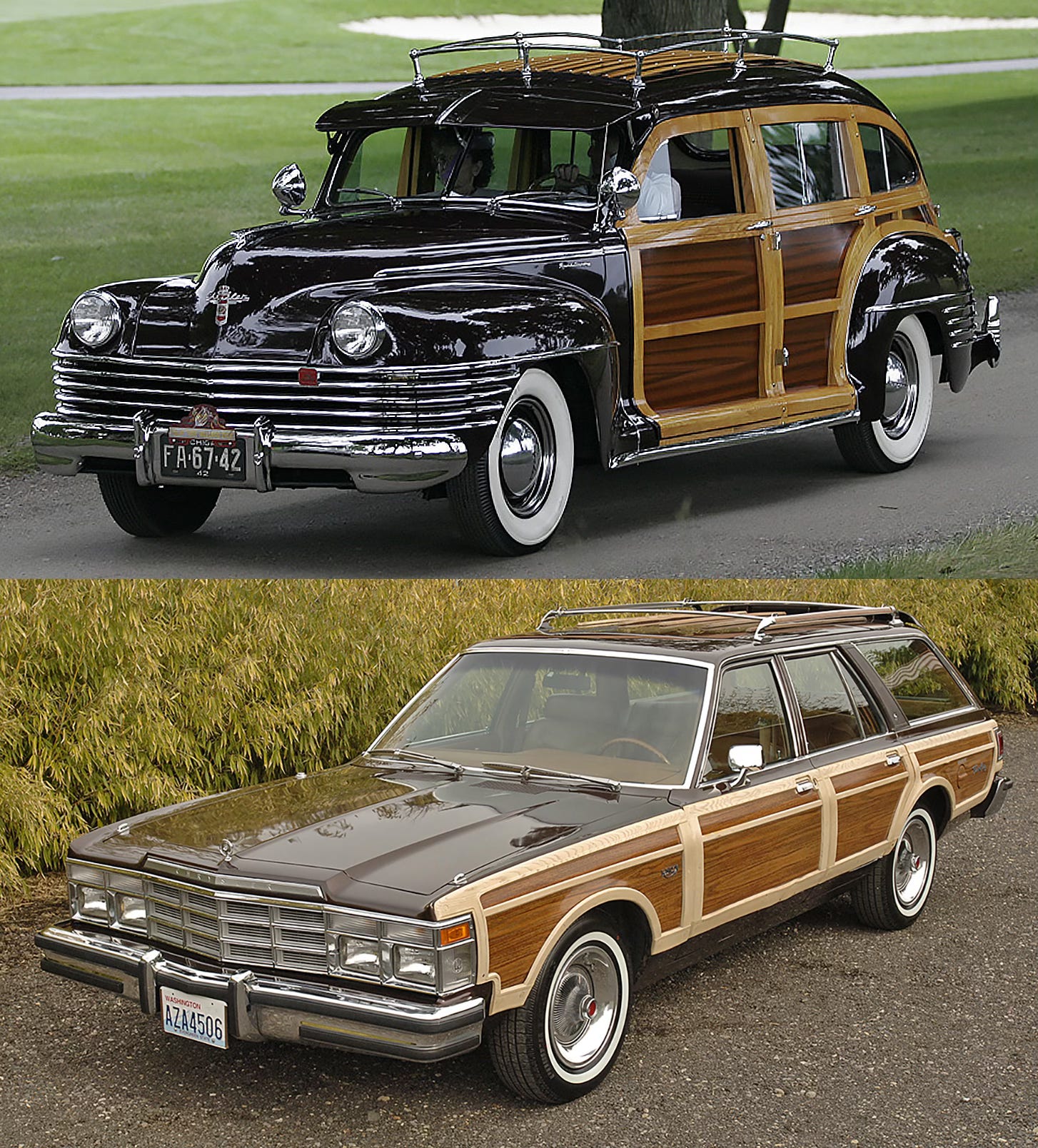
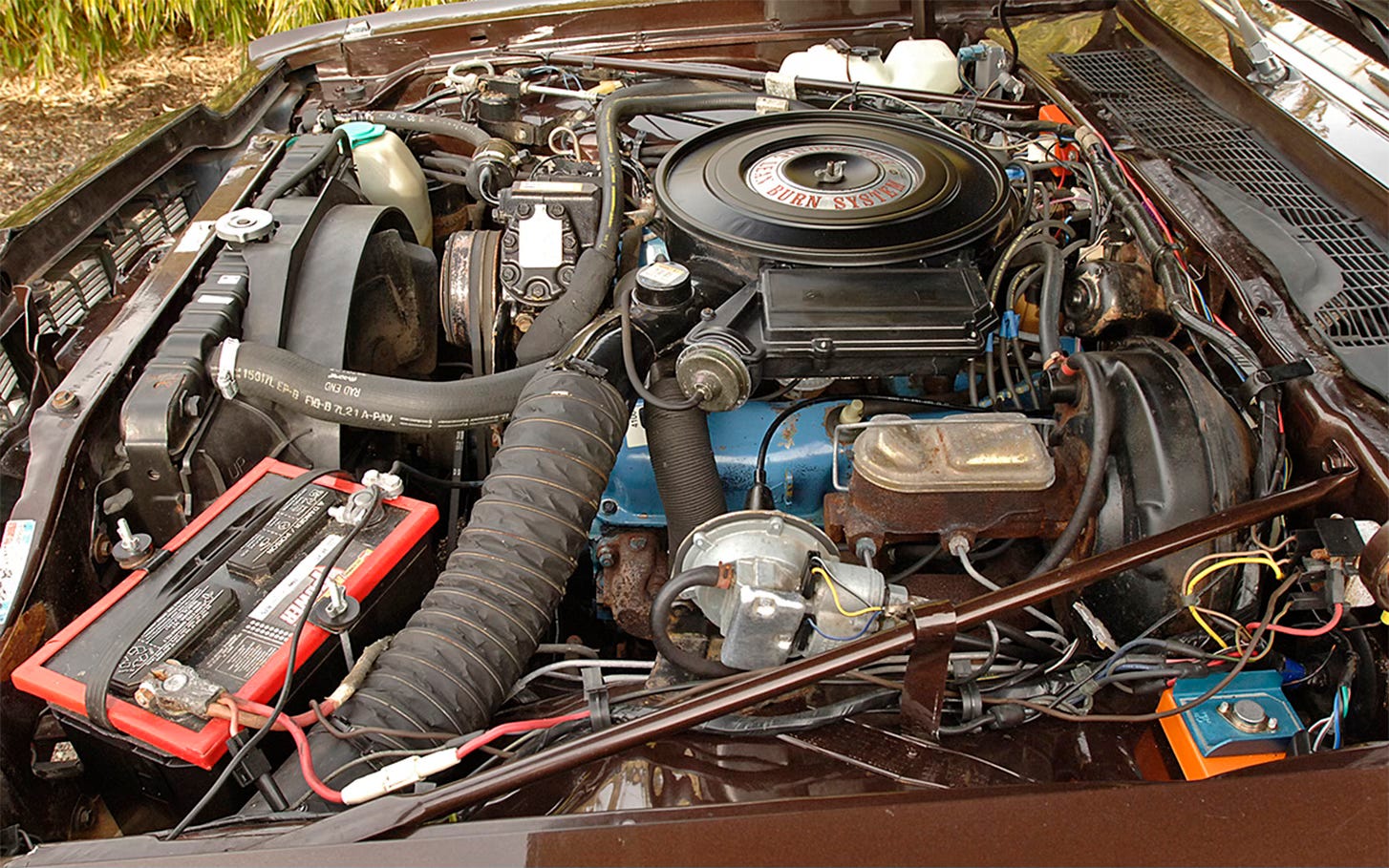

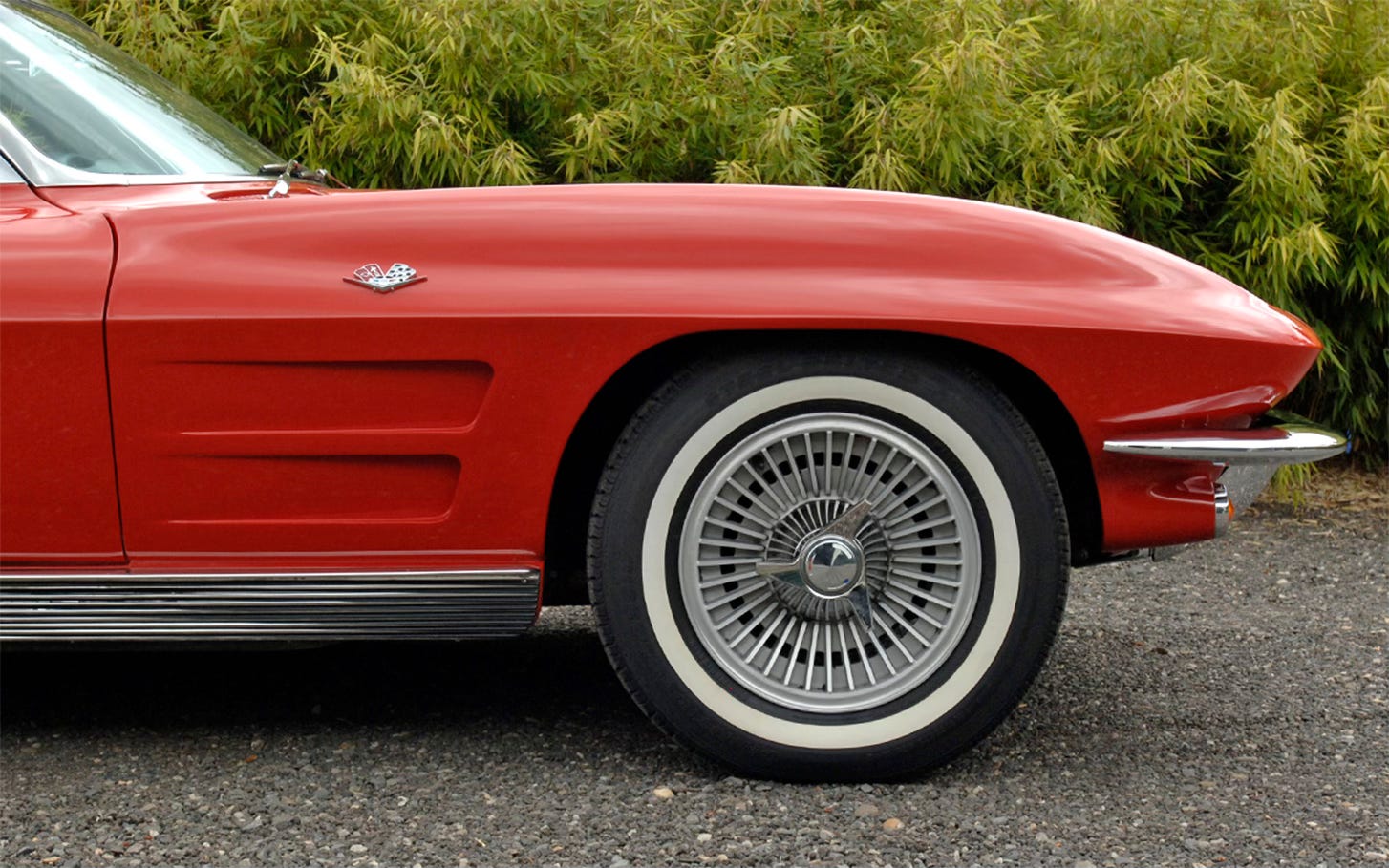
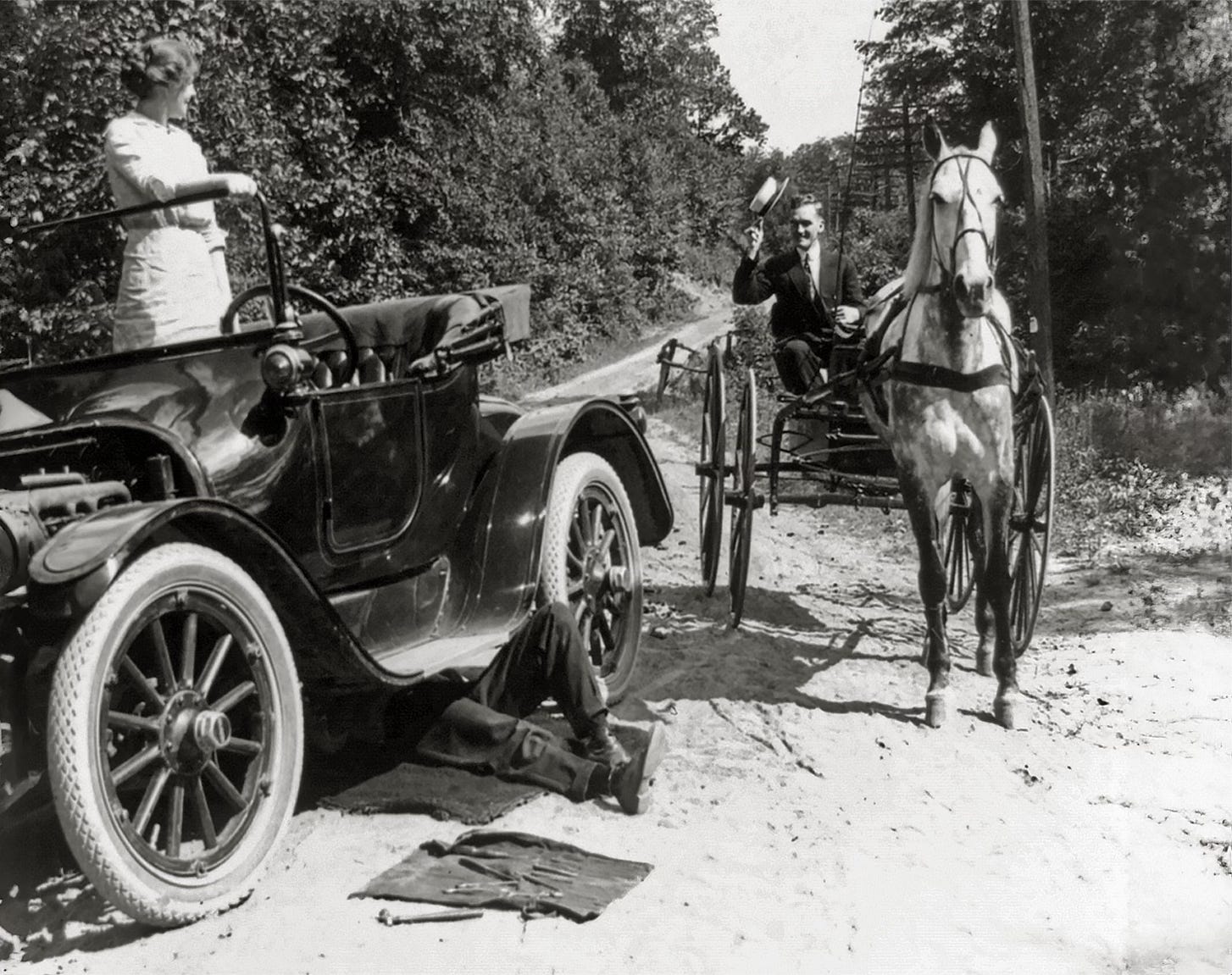
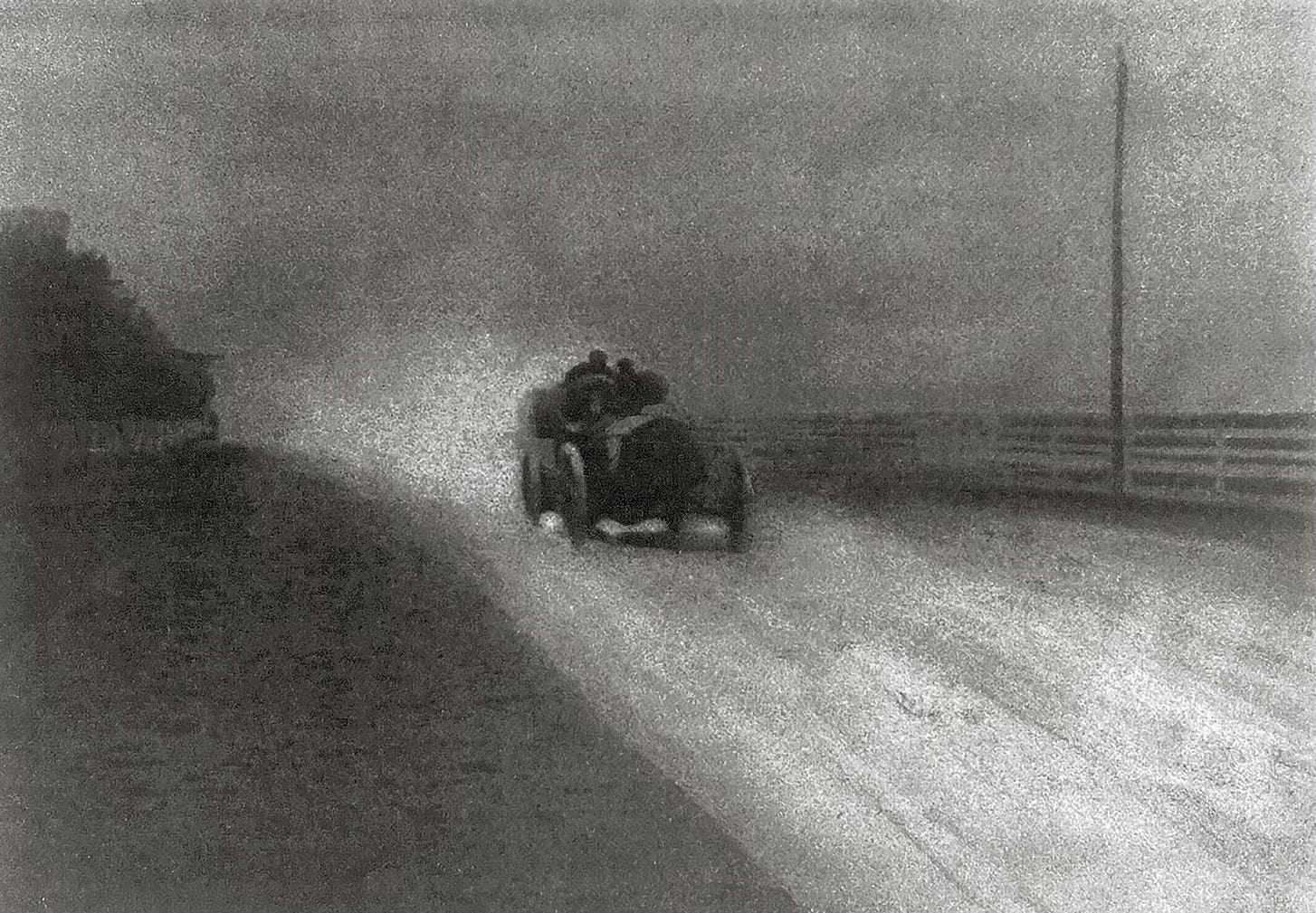
Great wagon comparison photo. I remember the days when a car break down was always a possibility and everyone knew how to work on a car.
Growing up, I had a friend whose parents had a (I'd guess) late '70s Jeep Grand Wagoneer with that faux wood grain, "Vacation" (looking at you, Chevy (Chase)) feel to it. I don't hate that late '70s LeBaron... it's no AMC Pacer.